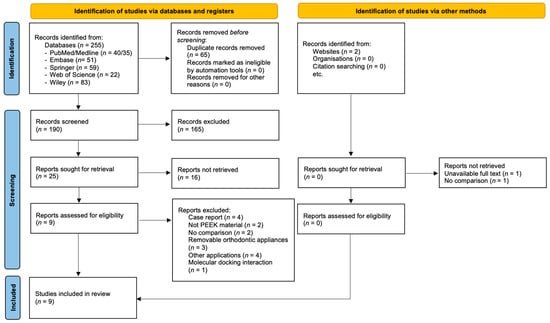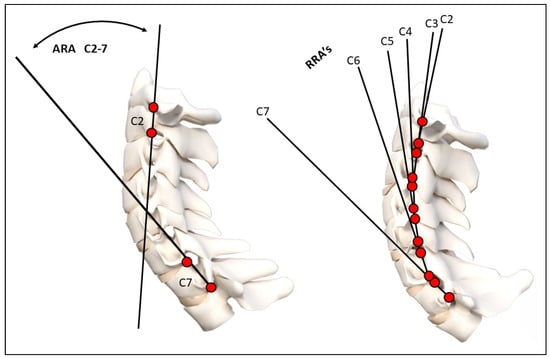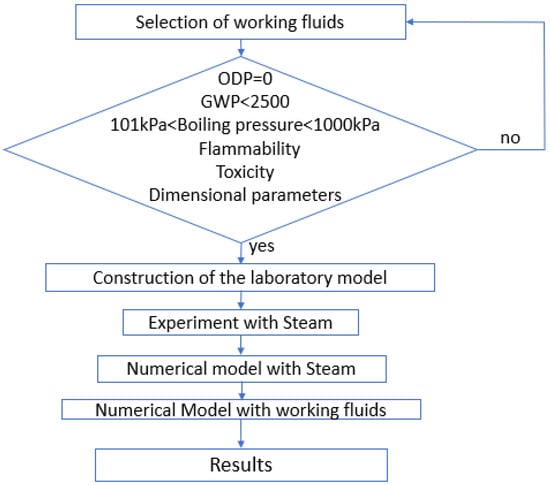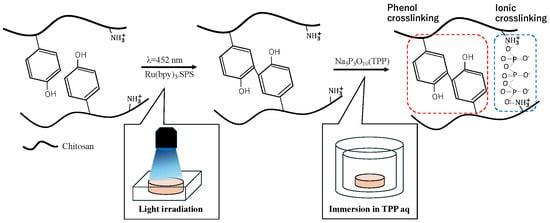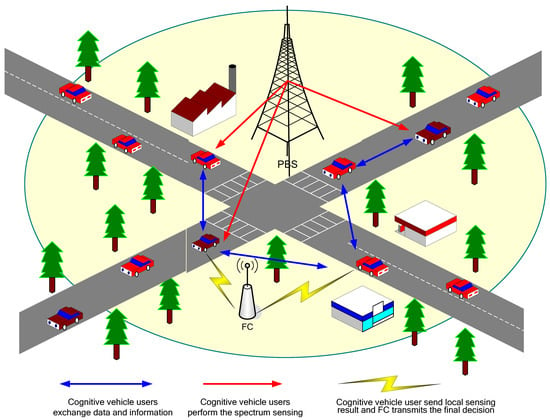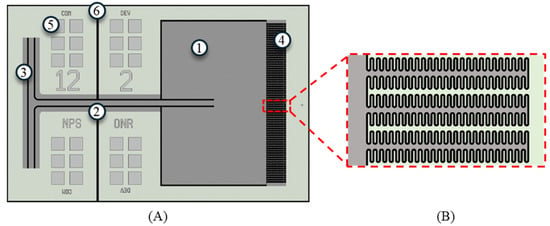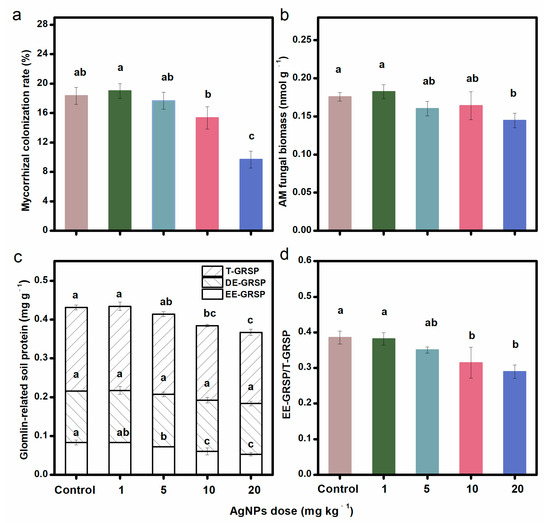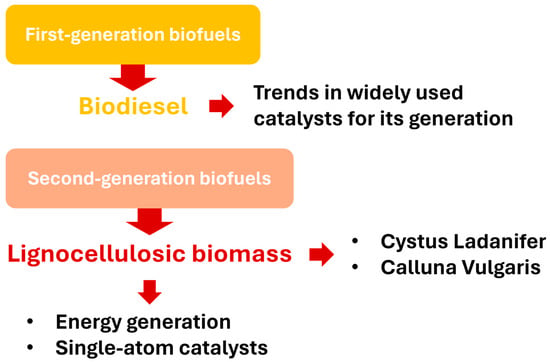Thermochemical energy storage (TCES) is one of the key technologies facilitating the integration of renewable energy sources and mitigating the climate crisis. Recently, Li
4SiO
4 has been reported to be a promising heat carrier material for TCES applications, owing to its moderate operation temperature and stability. During the synthetic processes, the properties of the Si source used directly influence the performance of derived Li
4SiO
4 materials; however, the internal relations and effects are not yet clear. Hence, in this work, six kinds of SiO
2 sources with different phases, morphology, particle size, and surface area were selected to synthesize a Li
4SiO
4-based TCES heat carrier. The physicochemical properties of the SiO
2 and the corresponding derived Li
4SiO
4 were characterized, and the comprehensive performance (e.g., heat storage/releasing capacity, rate, and cyclic stability) of the Li
4SiO
4 samples was systematically tested. It was found that the silica microspheres (SPs), which possess an amorphous phase, uniform micro-scale structure, and small particle size, could generate Li
4SiO
4 TCES materials with a highest initial capacity of 777.7 kJ/kg at 720 °C/900 °C under pure CO
2. As a result, the SP-L showed an excellent cumulative heat storage amount of 5.84 MJ/kg within 10 heat-releasing/storage cycles, which was nearly 1.5 times greater than the value of Li
4SiO
4 derived from commonly used silicon dioxide. Furthermore, the effects of the utilized Si source on the performance of as-prepared Li
4SiO
4 and corresponding mechanisms were discussed, which offers guidance for the future selection of Si sources to produce high-performance Li
4SiO
4-based TCES heat carriers.
Full article
 IJMS
IMPACT
IJMS
IMPACT Applied Sciences
IMPACT
Applied Sciences
IMPACT Sustainability
IMPACT
Sustainability
IMPACT Sensors
IMPACT
Sensors
IMPACT JCM
IMPACT
JCM
IMPACT Materials
IMPACT
Materials
IMPACT Molecules
IMPACT
Molecules
IMPACT Energies
IMPACT
Energies
IMPACT Electronics
IMPACT
Electronics
IMPACT Remote Sensing
IMPACT
Remote Sensing
IMPACT Cancers
IMPACT
Cancers
IMPACT Nutrients
IMPACT
Nutrients
IMPACT Mathematics
IMPACT
Mathematics
IMPACT Foods
IMPACT
Foods
IMPACT Buildings
IMPACT
Buildings
IMPACT Polymers
IMPACT
Polymers
IMPACT Animals
IMPACT
Animals
IMPACT Water
IMPACT
Water
IMPACT Plants
IMPACT
Plants
IMPACT Agronomy
IMPACT
Agronomy
IMPACT Biomedicines
IMPACT
Biomedicines
IMPACT Processes
IMPACT
Processes
IMPACT Microorganisms
IMPACT
Microorganisms
IMPACT Diagnostics
IMPACT
Diagnostics
IMPACT Nanomaterials
IMPACT
Nanomaterials
IMPACT Viruses
IMPACT
Viruses
IMPACT Medicina
IMPACT
Medicina
IMPACT Healthcare
IMPACT
Healthcare
IMPACT Cells
IMPACT
Cells
IMPACT Forests
IMPACT
Forests
IMPACT Agriculture
IMPACT
Agriculture
IMPACT Land
IMPACT
Land
IMPACT JMSE
IMPACT
JMSE
IMPACT IJERPH
IJERPH
 Symmetry
IMPACT
Symmetry
IMPACT Genes
IMPACT
Genes
IMPACT Pharmaceutics
IMPACT
Pharmaceutics
IMPACT Coatings
IMPACT
Coatings
IMPACT Micromachines
IMPACT
Micromachines
IMPACT Pharmaceuticals
IMPACT
Pharmaceuticals
IMPACT Atmosphere
IMPACT
Atmosphere
IMPACT Children
IMPACT
Children
IMPACT Religions
IMPACT
Religions
IMPACT Antioxidants
IMPACT
Antioxidants
IMPACT Life
IMPACT
Life
IMPACT Metals
IMPACT
Metals
IMPACT Biomolecules
IMPACT
Biomolecules
IMPACT Vaccines
IMPACT
Vaccines
IMPACT Education Sciences
IMPACT
Education Sciences
IMPACT Minerals
IMPACT
Minerals
IMPACT Horticulturae
IMPACT
Horticulturae
IMPACT Brain Sciences
IMPACT
Brain Sciences
IMPACT JPM
IMPACT
JPM
IMPACT Bioengineering
IMPACT
Bioengineering
IMPACT






